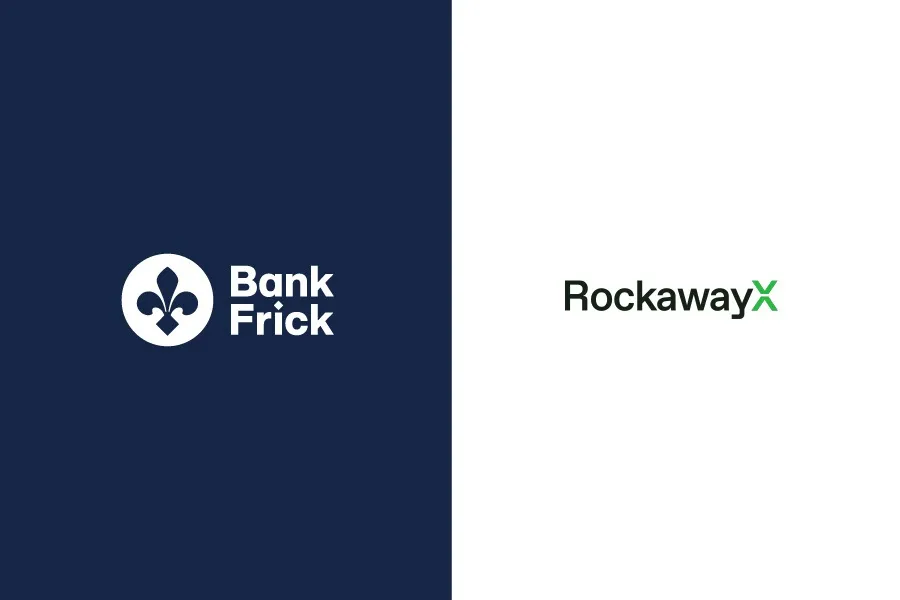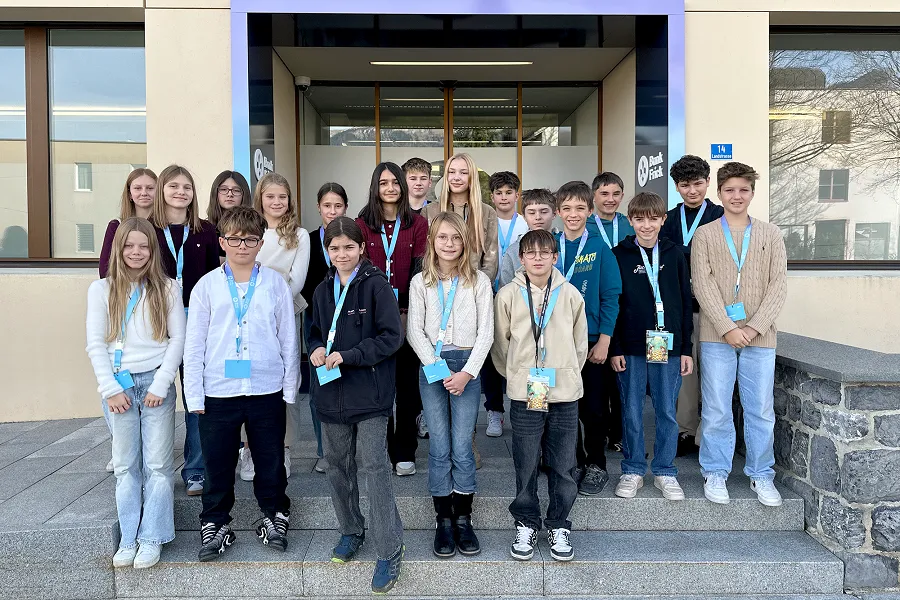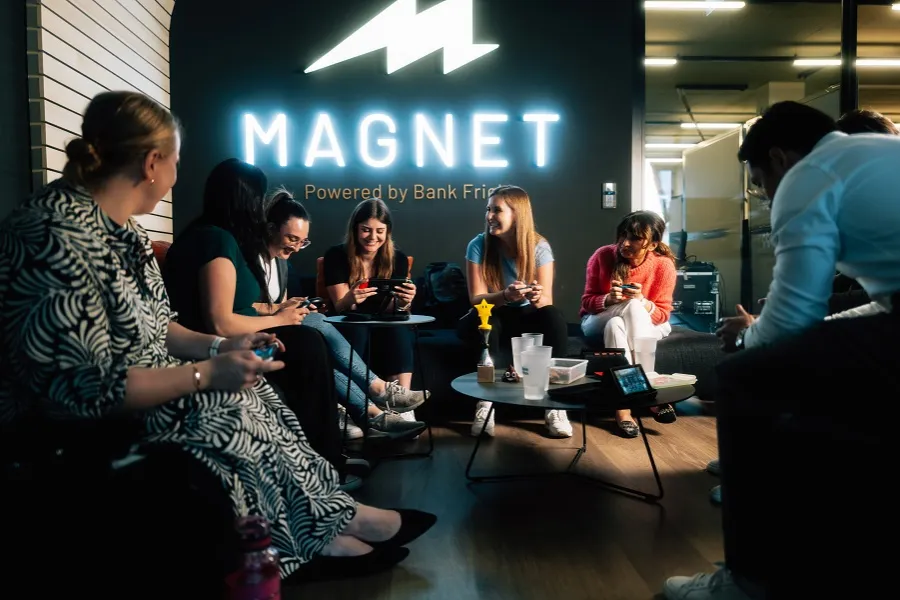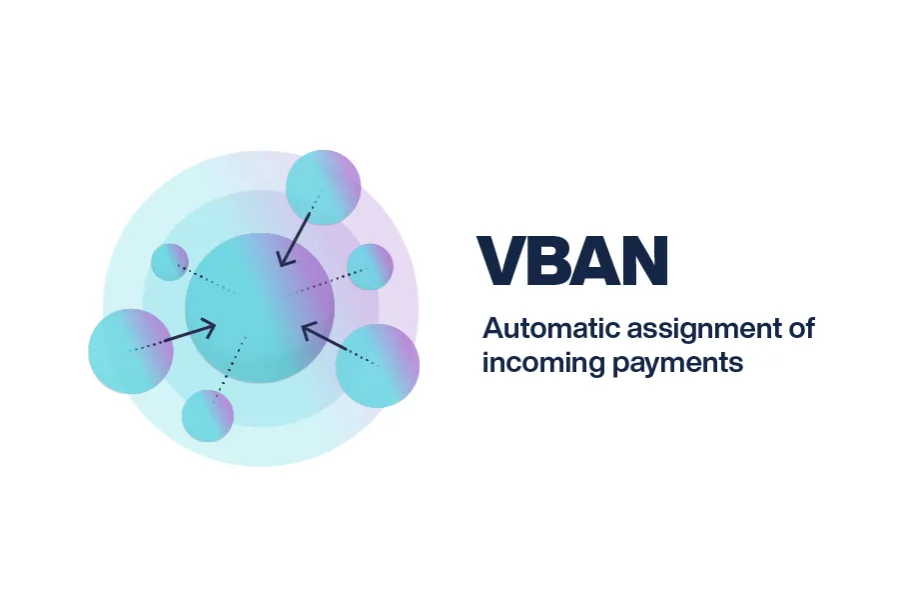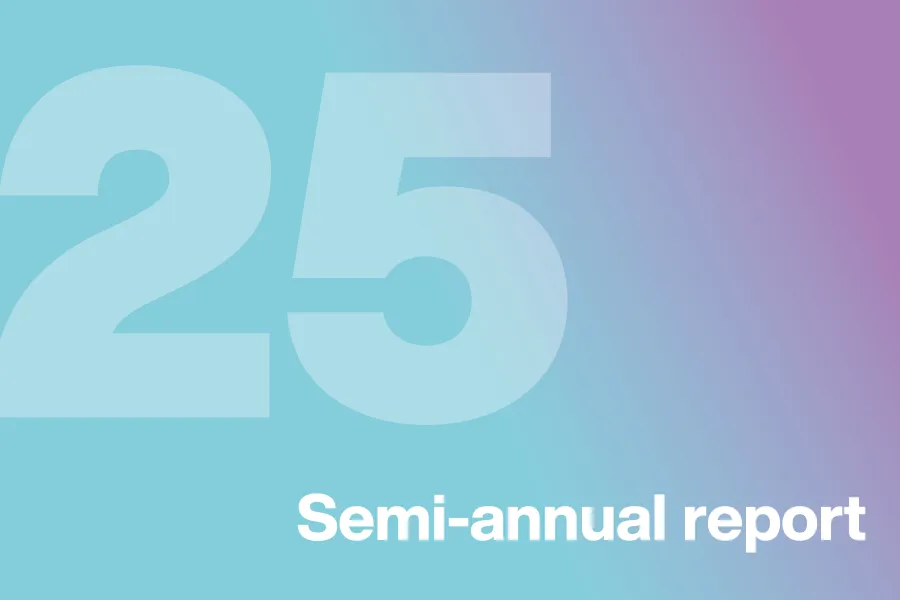How blockchain is changing humanitarian aid
Transferring money to smartphones, making donations with cryptocurrencies and tracking aid supplies in real time. How humanitarian aid reaches those in need is changing fundamentally. Behind it all is blockchain technology, generating progress by reducing administrative costs and increasing transparency.
According to a report by Verified Market Research, the blockchain market for non-profit entities is growing. It is expected to reach USD 5.4 by 2031 alone, with an average annual growth rate of around 50 percent. This shows how widely accepted cryptocurrency donations have become. Thanks to integrated payment systems and information networks, donations can now reach areas with limited infrastructure. When applied to humanitarian aid, blockchain technology can offer non-profit organisations far more than just money transfers, and this can be seen in initial examples.
Technology that is changing humanitarian aid
One example is the “Building Blocks” platform. Developed by the World Food Programme (WFP), it makes cash transfers in the refugee space more efficient and secure. It supports over four million beneficiaries each month – including more than a million refugees in Jordan and Bangladesh. In some 25 million transactions it has handled USD 555 million and saved USD 3.5 million in bank charges. WFP uses blockchain technology for biometric verification, thereby revolutionising the distribution of aid money. Refugees now have fast, secure access to financial assistance, without complex identification procedures or having to exchange currency. This system not only reduces the administrative burden, but also gives those in need greater autonomy because they have direct control over their financial benefits.
The UNHCR Stellar Partnership is also changing access to financial assistance. Stellar Aid Assist sends refugees affected by conflicts such as the war in Ukraine digital money in the form of USD Coin (USDC) – a stablecoin pegged to the US dollar – directly on their smartphone. This system enables the recipients to exchange their digital money for the relevant local currency at any MoneyGram location.
How blockchain increases transparency and efficiency
Save the Children was a pioneer in crypto philanthropy. Back in 2013, it became the first international NGO to accept Bitcoin donations as part of its #HODLHope initiative. Today, through its partnership with The Giving Block, it accepts donations securely in over 50 cryptocurrencies, including Bitcoin, Ethereum, and USDC. By March 2024, Save the Children had raised nearly USD 8 million in this way, and co-funded aid projects in 116 countries.
Making cryptocurrencies part of charitable donation campaigns expands the donor pools and creates new ways for non-profit organisations to engage with tech-savvy and younger population groups. When applied in the context of humanitarian aid, blockchain technology not only increases the efficiency of donations, but it can also change governance models within non-profit organisations themselves by decentralising decision-making processes. The unalterable general blockchain ledger means that donors can track funds transparently and ensure that they do actually go to the intended recipient without manipulation or fraud. It makes governance more democratic, increases transparency and strengthens trust between organisations and their supporters.
Tracking aid deliveries in real time
Pairing blockchain with other emerging technologies creates further opportunities in humanitarian aid. AI and machine learning algorithms analyse blockchain data to predict aid needs and optimise resource distribution. At the same time, integrated IoT devices enable aid to be tracked in real time, from shipping to arrival. Thanks to mobile technology, recipients can verify their identities and confirm receipt via apps. That is how the Red Cross utilises blockchain technology to optimise its supply chain logistics during disaster operations. It makes it possible precisely to track the transport of medical supplies, food, and other scarce resources from origin to destination. This reduces bottlenecks and improves cross-border coordination. The technology enables tamper-proof records along the entire supply chain and ensures that aid arrives where it is most urgently needed in emergencies.
WWF also uses blockchain for sustainable fishing. With its help, the path of the fish from sea to plate can be traced in detail. Integrating blockchain into nature conservation efforts not only increases transparency, but also strengthens accountability in the protection of sensitive ecosystems.
Regulation as a basis for trust
Regulatory frameworks are increasingly factoring in blockchain technology and ensuring it is monitored appropriately. The European Union MiCA (Markets in Crypto-Assets Regulation) framework aims to provide clear guidelines for crypto assets and ensure compliance across all member states. Regulation is designed to standardise rules across the EU, promote innovation, protect consumers and ensure financial stability.
Around the world, organisations such as the Financial Action Task Force (FATF) have issued guidelines to combat money laundering and terrorism financing for virtual assets. They are essential to the integrity of blockchain-based systems because they are crucial to humanitarian and non-profit organisations' secure use of technology while adhering to international standards. Regulatory sandboxes are facilitating blockchain pilot programmes under controlled conditions in various jurisdictions. In this way, innovation can be promoted and potential risks addressed.
In short: with the ongoing evolution of the regulatory framework and the growing expertise of the organisations concerned, blockchain applications will become increasingly innovative. For people who benefit from these programmes, this progress means more efficient, valuable and responsive support.



